A new era of scrutiny and public demand for police transparency has put agencies and officers in the white-hot heat of a spotlight in search of reform.1 Police can no longer look at threats as rapid “shoot/don’t shoot” situations; rather, they must look at every contact as an opportunity for in-depth evaluation and crisis management, with the objective of neutralizing the crisis and mitigating long-term social effects. Time for this kind of advanced mental processing might be available when sitting in a workshop, but it is rarely available in the moment-to-moment work of law enforcement—especially in crisis situations. Officers are operating in a complex game of chess where they must assess the potential outcome of their actions from far more than just the immediately present perspective, with split-second moments in which to make these decisions.
Optimize Your Training Program
Optimize your training program with research-backed methods and foundations of effective learning design. Below is a list of articles that offer various ways to use MILO Range training systems for maximum results.
Research Studies
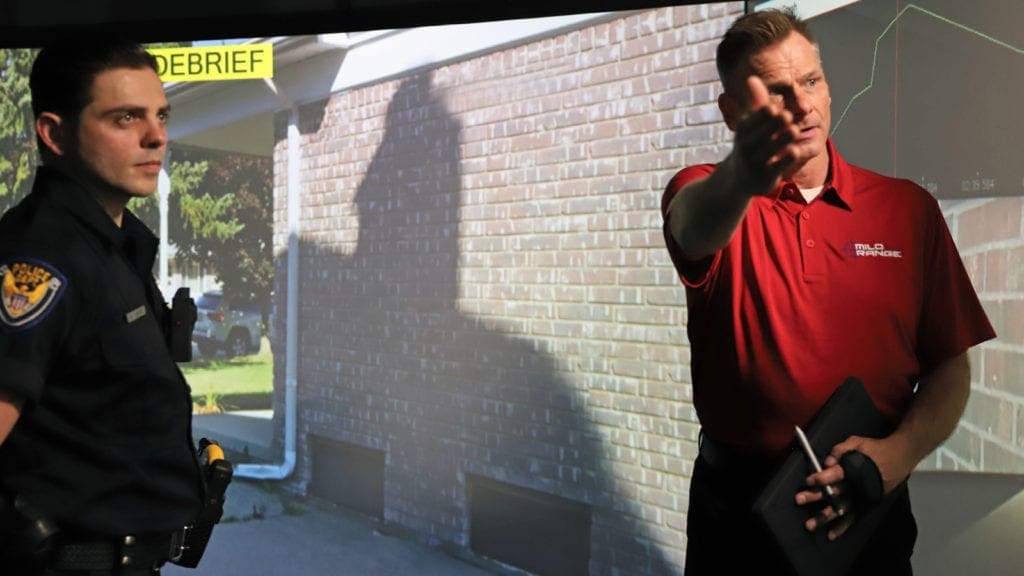
The Effects of Simulator Training on the Development of Creative Thinking in Law Enforcement Officers
Abstract: The purpose of this exploratory study was to investigate the relationship between simulation training and police officers’ ability to think creatively in crises.
The results of this study suggest that cognitive load could be affected by changing the manner in which the officers train in simulation. When a simulator curriculum is designed with the incorporation of cognitive load theory, there is potential to foster creative thinking in a situation where de-escalation is the goal.
Read Full Study – Policing: An International Journal
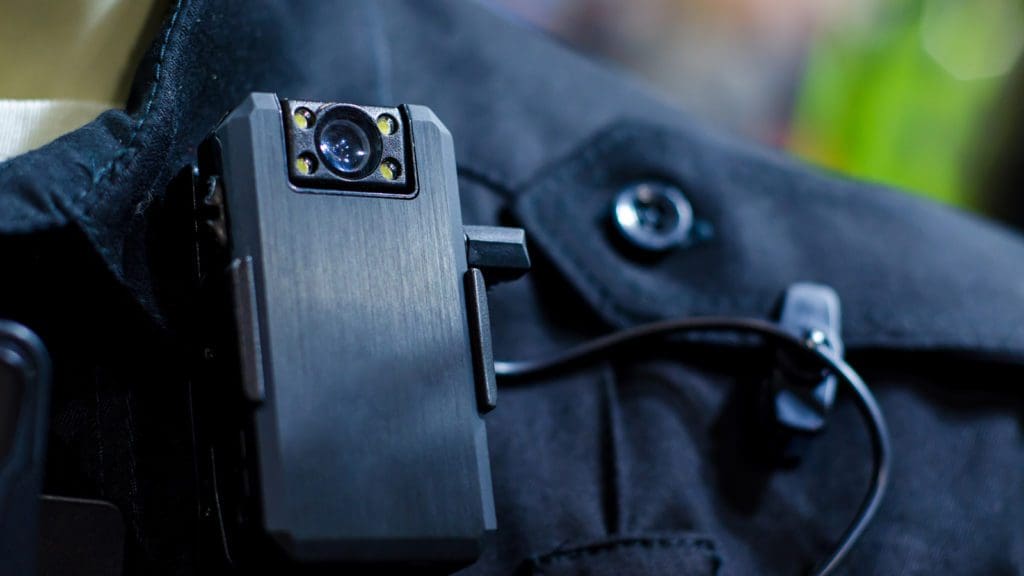
The Effects of Camera Monitoring on Police Officer Performance in Critical Incident Situations: a MILO Range Simulator Study
Abstract: Body-worn cameras (BWCs) continue to be adopted by law enforcement agencies around the world, yet how camera monitoring affects performance dimensions of policing in “critical incident” situations has received scant attention. We contribute to filling this gap. Guided by distraction-conflict theory from psychology, we conducted a laboratory experiment and used electrophysiological methods (EEG and ECG) to explore whether officer performance during simulated critical incidents is impaired by camera-induced attentional conflict. Results from a convenience sample of police officers from a medium-sized, Midwestern police department in the USA reveal that camera monitoring had complex, often deleterious, effects on cognitive load, stress arousal, and performance. The current investigation supports a small but growing body of research revealing that BWCs, like any new technology, not only have intended positive consequences, but also potential unintended negative ones that need to be considered from a safety standpoint. A more thorough discussion of policing in the age of BWCs and other forms of camera surveillance is overdue.
Read Full Study – Journal of Police and Criminal Psychology
Articles
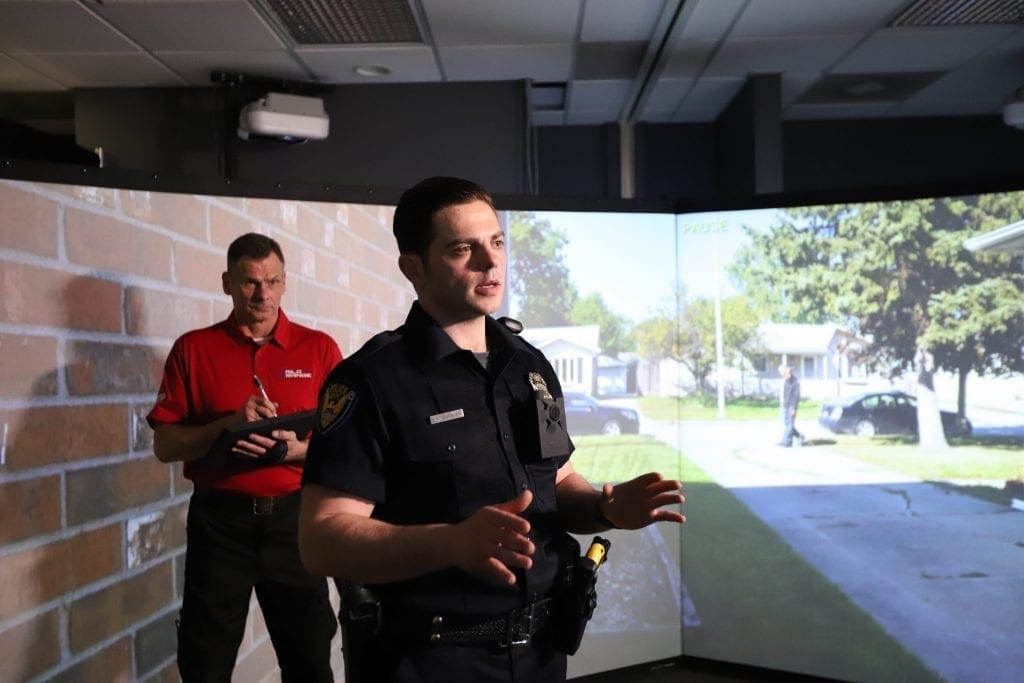
Reenvisioning Police Training: The Need for Creative Thinking and Instructional Design
Topic: Cognitive Load Theory and the need for more research in training to develop creative thinking towards de-escalation
Read Full Article – Police Chief Magazine
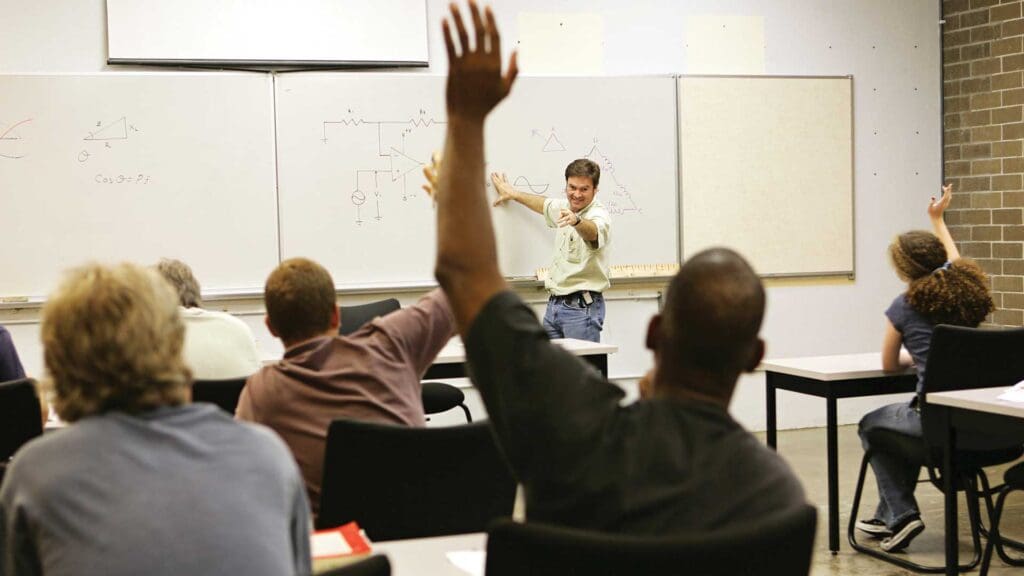
Police training needs work
Topic: The need to incorporate AGES, the science of how people learn, into police training.
The calls for more law enforcement training seem to be increasing: more de-escalation training, more implicit bias training, more less-than-lethal training. Those calls are answered with more annual training requirements, like Missouri’s recent addition of one hour each on de-escalation and implicit bias.1 Likewise, Nebraska added 12 hours to its annual de-escalation training requirement.2
Read Full Article – American Police Beat Magazine
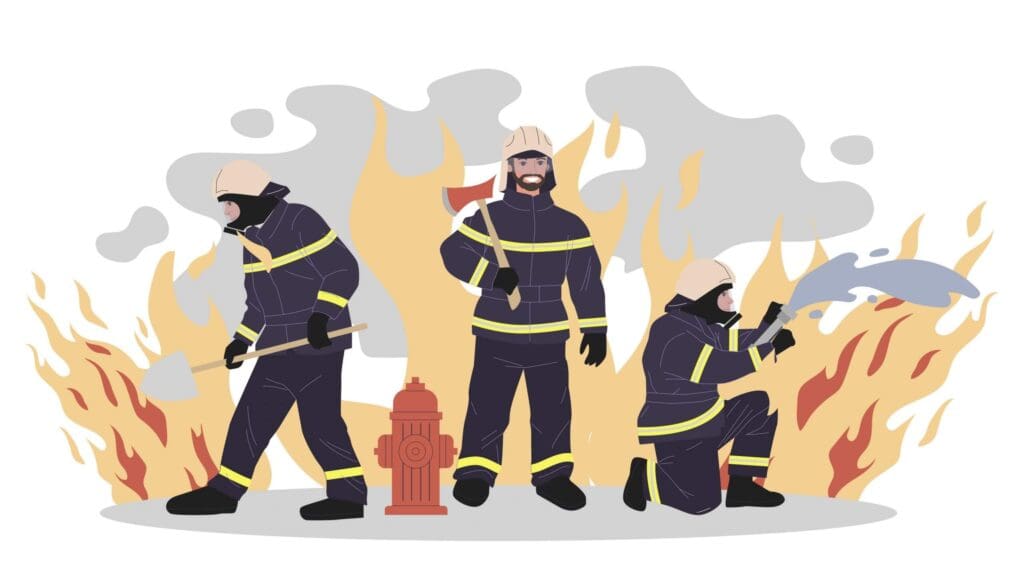
On-The-Job-Training—Problems and Solutions
Topic: There are four components that create optimal conditions for learning complex tasks in high-stakes occupations: a growth mindset, a safe environment, the will, and the way.
Every day around the world, law enforcement professionals are on stage in front of an unrelenting audience of critics: each action on display and streaming like a binge-worthy show. Intense public scrutiny—combined with dwindling resources for training—puts incredible performative pressure on an already challenging job.
Read Full Article – NeuroLeadership Institute

Wellness programs aren’t working – Try this instead
Topic: Suggestions for incorporating wellness into training.
Thousands of takes on how to improve policing over the past 12 months have called for additions to the curriculum, like de-escalation or empathy training. Those certainly have value, but there is a larger concern not getting nearly as much (or the right kind of) attention. It’s time for a different, more productive approach to mental health.
Read Full Article – American Police Beat Magazine
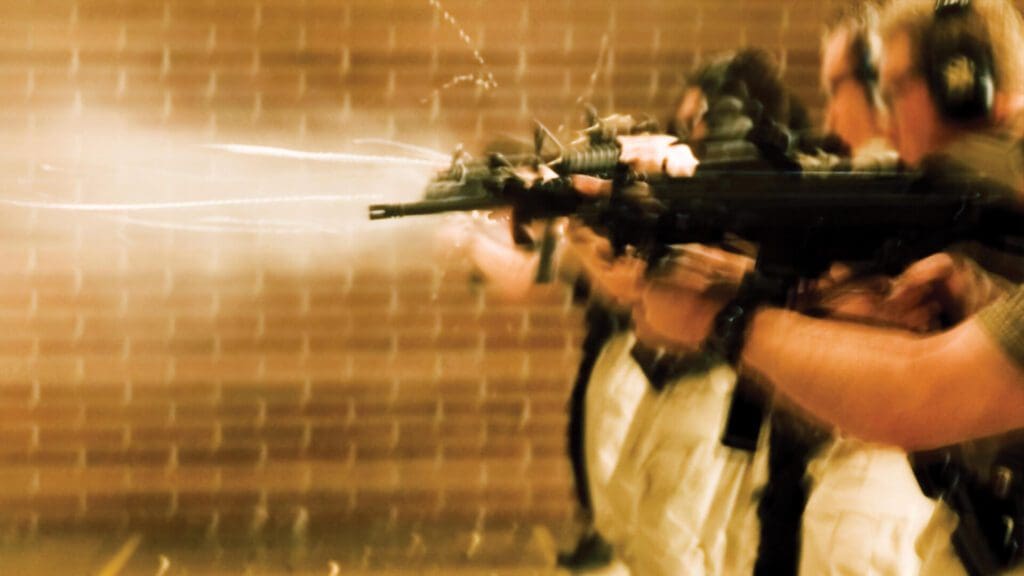
Beyond shoot/no shoot – American Police Beat Magazine
Topic: Three problems and solutions for training with simulation.
Most police officers are familiar with classic simulation scenarios such as a man standing at a door who quickly raises his hands to reveal either a knife, flip phone, wallet, gun, or empty palms. In typical training settings, participants are considered successful if they shoot when justified or abstain when not. If it gets too easy, some instructors may add laps around the building or pushups to elevate the student’s heart rate.
This training method is inadequate, and actually, it has never been sufficient. Here are three simulator training practices to stop doing immediately and some suggestions on what to do instead.
Read Full Article – American Police Beat

Rethinking institutions: The case for change is in our brains
Topic: How a growth mindset can help when approaching reform in policing.
In 1838, Boston’s nightlife was out of control. The undisciplined volunteer night watch couldn’t manage the chaos, and so the first centralized police force — and the institution of policing — was born. While Boston’s nightlife is still unruly at times (allegedly), much has changed about our communities and our understanding of how law enforcement can best serve them. In turn, our police forces have had to continually adapt the ways in which they work in, with, and for communities.
Read Full Article: American Police Beat Magazine
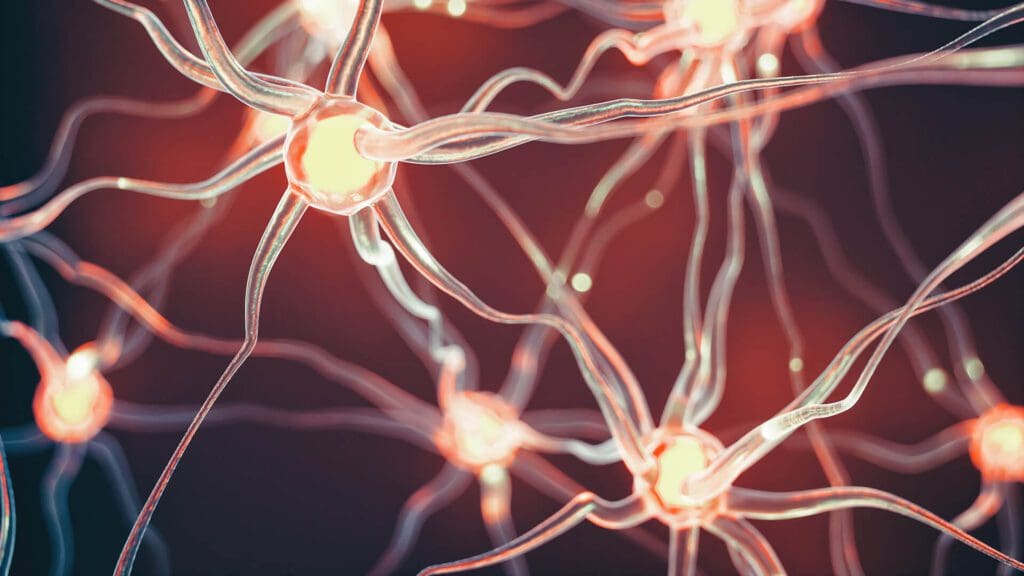
Awareness is not enough – American Police Beat Magazine
Topic: The need for mitigation strategies when training police in bias reduction.
Implicit bias training is not a new nor a progressive agenda in policing — rather, it has been a topic among industry leaders and a key component of 21st-century policing established prior to the current pressure of a society calling for reform. Regardless of the industry-wide acceptance of need, not all agencies have been quick — or able — to embrace it. Unfortunately, increased scrutiny on imbalances in police training has caused straggler agencies to finally accept the need, only to find themselves in a scramble to meet minimum standards with minimal funding and dwindling staff.
Read Full Article – American Police Beat Magazine
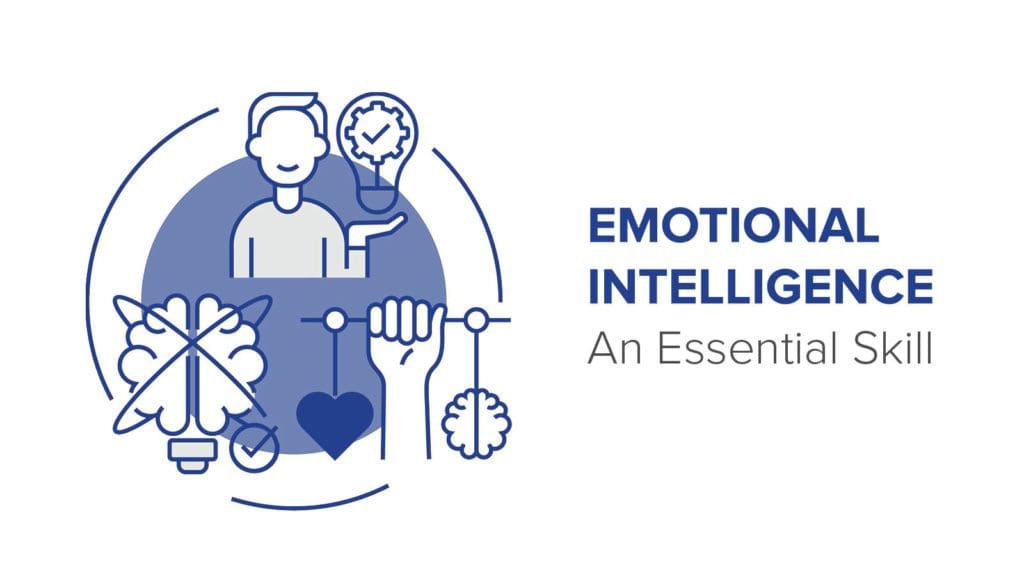
Emotional intelligence is touted as an essential officer skill. Here’s why, and how, officers should develop it.
Topic: The usefulness of teaching interoception in police training.
Throughout the news, community policing grants, and the latest issue of Police Chief Magazine from the International Association of Chiefs of Police (IACP), you will find a theme surrounding the essential skills of today’s law enforcement professionals. That language includes words like empathy, emotional intelligence, and mindfulness—stressing the importance of an emotionally regulated and sympathetic first responder. But what is emotional intelligence, and why does it matter?
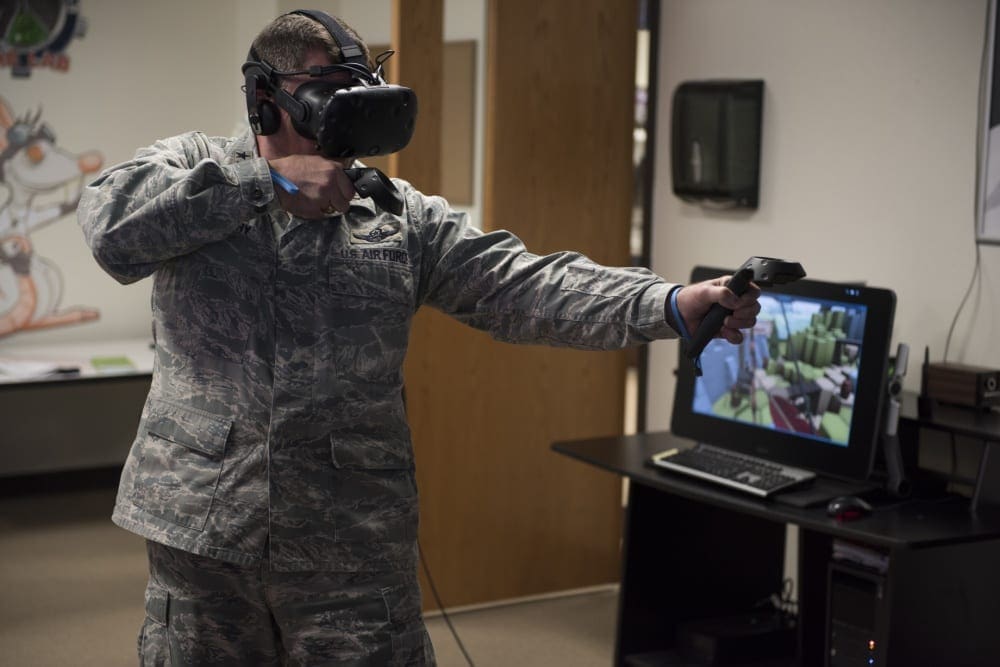
4 Mistakes in Military Innovation and How to Avoid Them: What Research Tells Us
Topic: The right and wrong ways to assess new training technology.
The appetite for new technology in military training is ravenous, and—for those of us who served in an era of overhead transparency projectors—watching senior leadership at the Pentagon break down barriers to acquiring new educational technology can be exciting. Challenges that invite newcomers to the table are a welcome change to the procedural bottlenecks and regulatory bureaucracy which has historically limited innovation and kept service members training for modern warfare with antiquated materiel. If, though, you find yourself concerned that this race for shiny new widgets has potential for costly mistakes, you’re not alone.
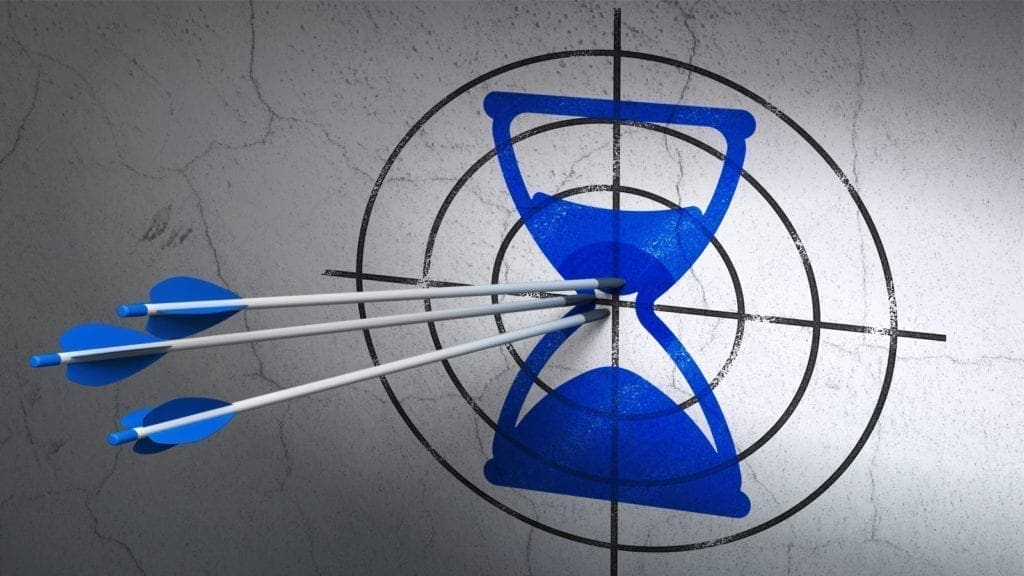
Train to Standard, Not to Time (Even When Time is Limited)
Topic: The need for personalization in training.
As more explicit police-training mandates are being passed nationwide, legislators are desperate to set minimum training guidelines while remaining mindful that time for police training is limited and dwindling. As Mark Logan, PhD, and Assistant Director (Ret.), Office of Training and Professional Development, U.S. Department of Justice points out in Police Chief (July 2020, pg. 58),“The continuous evolution of desired performance combined with the precious commodity of time also influences the training methodology for law enforcement officers.” The availability of time can be an influencer, but should never be a factor in the determination of effectiveness—that comes from defining what quality training is, or is not.
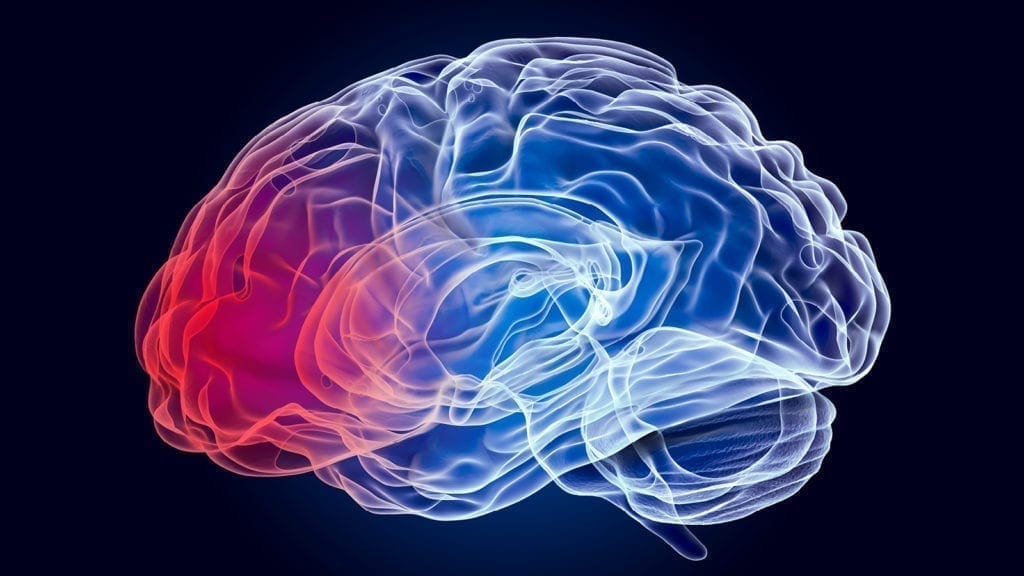
3 Ways to Improve Police De-Escalation Training – A Science-Guided Approach
Topic: Basic considerations when assessing any new training methods.
An imbalance exists in police training: the actual daily demands of law enforcement officers are poorly reflected in the way in which they are trained. This begins in academy settings where trainees—recruited from the military—are honing firearm proficiency and force-option skills, training for the most combative situations to prepare for the worst. This military model for training has been applied in nearly half of police academies; being geared for battle after graduating through the 1033 program creates a further disconnect between expectation and reality. As stated in the recent webinar on the neuroscience of de-escalation delivered by the NeuroLeadership Institute (NLI).
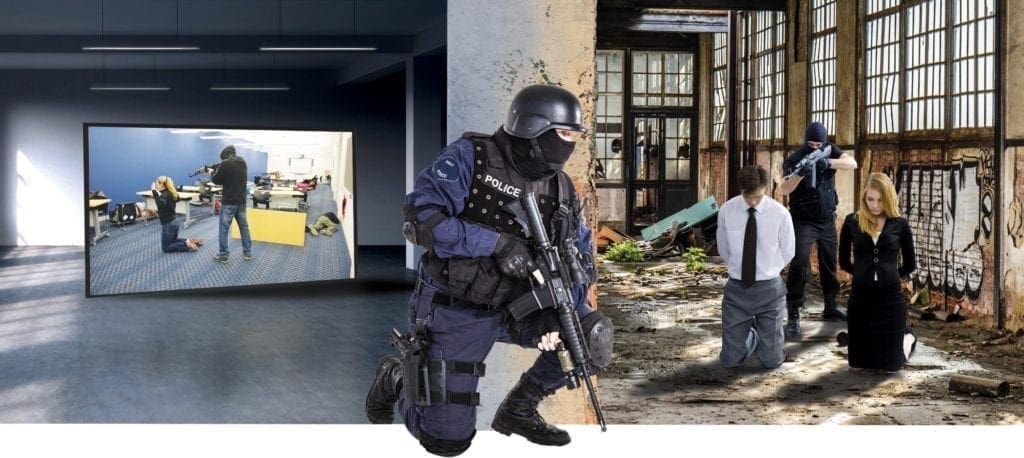
Part 1: “Train as you Fight” – The Need for Real faces in Immersive Training
Topic: The emotional impact of training, and how to mitigate the effects.
The inherently dangerous mission of preparing law enforcement and military personnel for crisis situations, particularly when they are equipped with live rounds, lends well to the usage of simulations in training. Not only does this form of educational technology enable them to train safely and with fewer resources, but it also creates a malleable environment wherein instructors can manipulate outcomes to maximize trainee potential in their reactions to extreme situations. When first responders train with simulation, therefore, the goal must be complete representational fidelity, or else it will fail to adequately prepare them for the realities of an escalated or combative situation.
Read Full Article (Part 1 ) – MILO
Read Part 2 – “Train as you fight!” — The Hidden Impact of Real Faces in Immersive Training
Read Part 3 – “Train as you fight!” – Closing the Loop in Immersive Training – FAAC
